
Archive

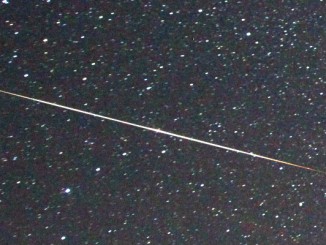
Perseid meteors set to light up 12-13 August skies
From the evening of Wednesday, 12 August into the early hours of the following morning, it is the maximum of the annual Perseid meteor shower. This year, a new Moon makes prospects for watching this natural firework display particularly good. So, find somewhere away from the streetlights, settle into a garden lounger facing northeast, and enjoy the show!
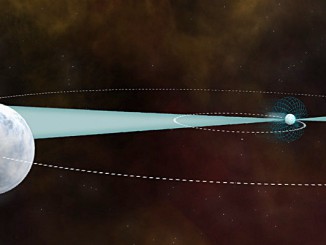
Pulsar study suggests force of gravity constant throughout universe
Gravity, one of the four fundamental forces of nature, appears reassuringly constant across the universe, according to a decades-long study of a distant pulsar. This research helps to answer a long-standing question in cosmology: Is the force of gravity the same everywhere and at all times? The answer, so far, appears to be yes.
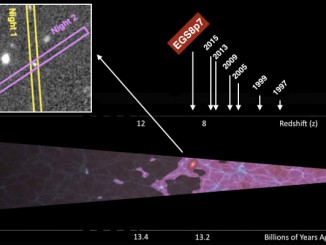
A new record: Keck Observatory measures most distant galaxy
EGSY8p7 is the most distant confirmed galaxy whose spectrum obtained with the W. M. Keck Observatory places it at a redshift of 8.68, at a time when the universe was less than 600 million years old. Hydrogen emission from EGSY8p7 may indicate it is the first known example of an early generation of young galaxies emitting unusually strong radiation.

Vixen SLV eyepieces
Steve Ringwood takes a good look through Vixen’s SLV range of eyepieces, offered in ten focal lengths from 2.5mm to 25mm. Each is designed to offer exceptional clarity and contrast across a 45°—50° field by employing rare earth Lanthanum glass. He also notes that each eyepiece’s polygonal rubber grip acts as an ‘anti-roll’ feature, hopefully protecting them from a fall!
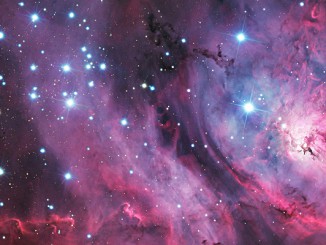
“Herschel 36, the Heart of the Lagoon” by László Francsics
Our sixth nomination from the prestigious Insight Astronomy Photographer of the Year competition, an annual celebration of the most beautiful and spectacular visions of the cosmos by astrophotographers worldwide. Now in its seventh year, the 2015 competition received 2700 spectacular entries from over 60 countries and the winners will be announced 17 September.

Scientists solve age-old planetary ring riddle
An international team of scientists has solved an age-old scientific riddle by discovering that planetary rings, such as those orbiting Saturn, have a universally similar particle distribution. The study also suggests that Saturn’s rings are essentially in a steady state that does not depend on their history.
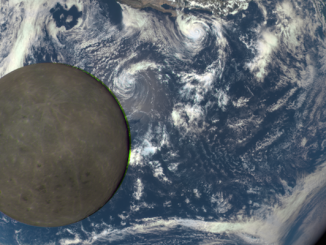
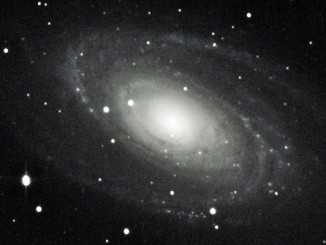
Large galaxies’ appetite for growth revealed in streams of stars
An international team of astronomers has used a highly sensitive instrument on one of the world’s largest telescopes to witness a dominant galaxy, Messier 81 in Ursa Major, ingesting the stars of its near neighbours. The gravitational pull of M81 was shown to distort the shapes of adjacent galaxies, pulling their stars into long tails in a process called tidal stripping.
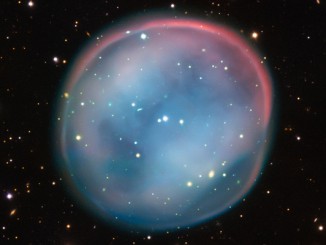
The ghost of a dying star — the Southern Owl Nebula
This extraordinary bubble, glowing like the ghost of a star in the haunting darkness of space, may appear supernatural and mysterious, but it is a familiar astronomical object: a planetary nebula, the remnants of a dying star. This is the best view of the little-known object ESO 378-1 yet obtained and was captured by ESO’s Very Large Telescope in northern Chile.
